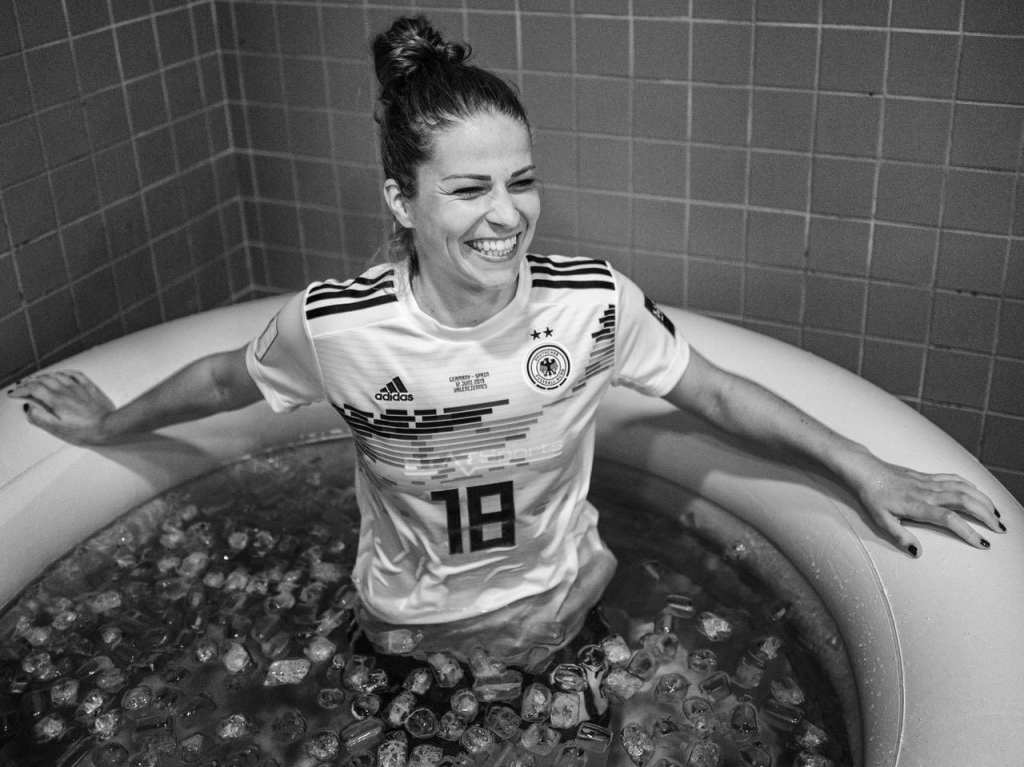Ever tried to bend down and tie your shoes the day after deadlifting? That stiff, sore feeling – officially known as delayed onset muscle soreness (DOMS) – can leave you hurting and regretting those last few reps. Many professional athletes and average gym-goers alike turn towards the tub to get rid of the pain, but it’s time to throw some cold water on the ice-bath recovery method.
For years, people have plunged into ice baths and braved the cold in order to reduce the swelling associated with the dreaded DOMS. Though some people swear by this muscle-numbing recovery protocol, it seems that scientific research fails to back it up.
A study published in the Journal of Physiology found that when a group of athletes used ice baths after exercising, it slowed muscle regeneration. For anyone trying to build biceps or generally make gains, this is the last thing you would want.
Though working out does create small amounts of muscle tissue damage, it also signals your body to rebuild and grow. Of course, beating yourself up in the gym will result in pain and minor swelling that can leave you crawling up the stairs the next few days, but that’s a good thing.
Contrary to popular opinion, the body’s natural inflammation processes are actually key to muscle growth. Swelling shuttles vital nutrients and stimulates blood flow to your muscles. By taking an ice bath, your body temperature decreases, along with the all-important blood flow, inflammation, and swelling.

Another study conducted on 12 young men in their early 20s tested their recovery in ice water versus lukewarm water after resistance training. After two weeks of experimentation with the different recovery temperatures, the researchers took leg muscle biopsies and discovered that the cold water samples took in fewer amino acids. This meant less muscle protein synthesis—a no go for anyone trying to improve their physique and achieve peak performance.
Nicole Dabbs, a kinesiologist at California State University, said that pain is essentially the only reason people continue to utilize out-of-the-box recovery methods like ice baths, cryotherapy and the all-too-familiar foam roller. It’s not a health thing, just a feeling better thing.
Even if you don’t believe in “no pain, no gain,” it might be time to put the ice bath recovery to rest. Stretching, sleep and listening to your body might be a better prescription, after all.







